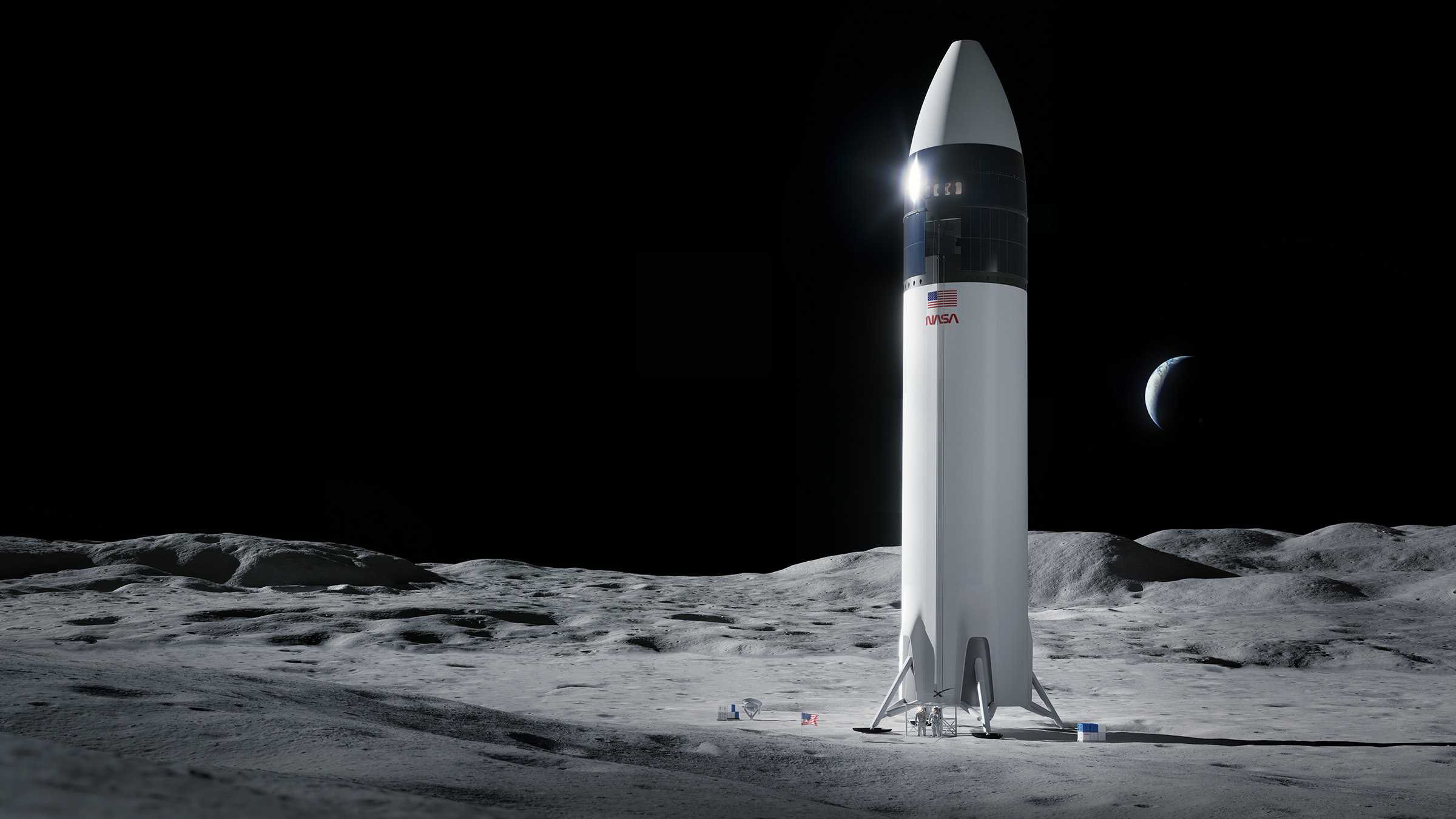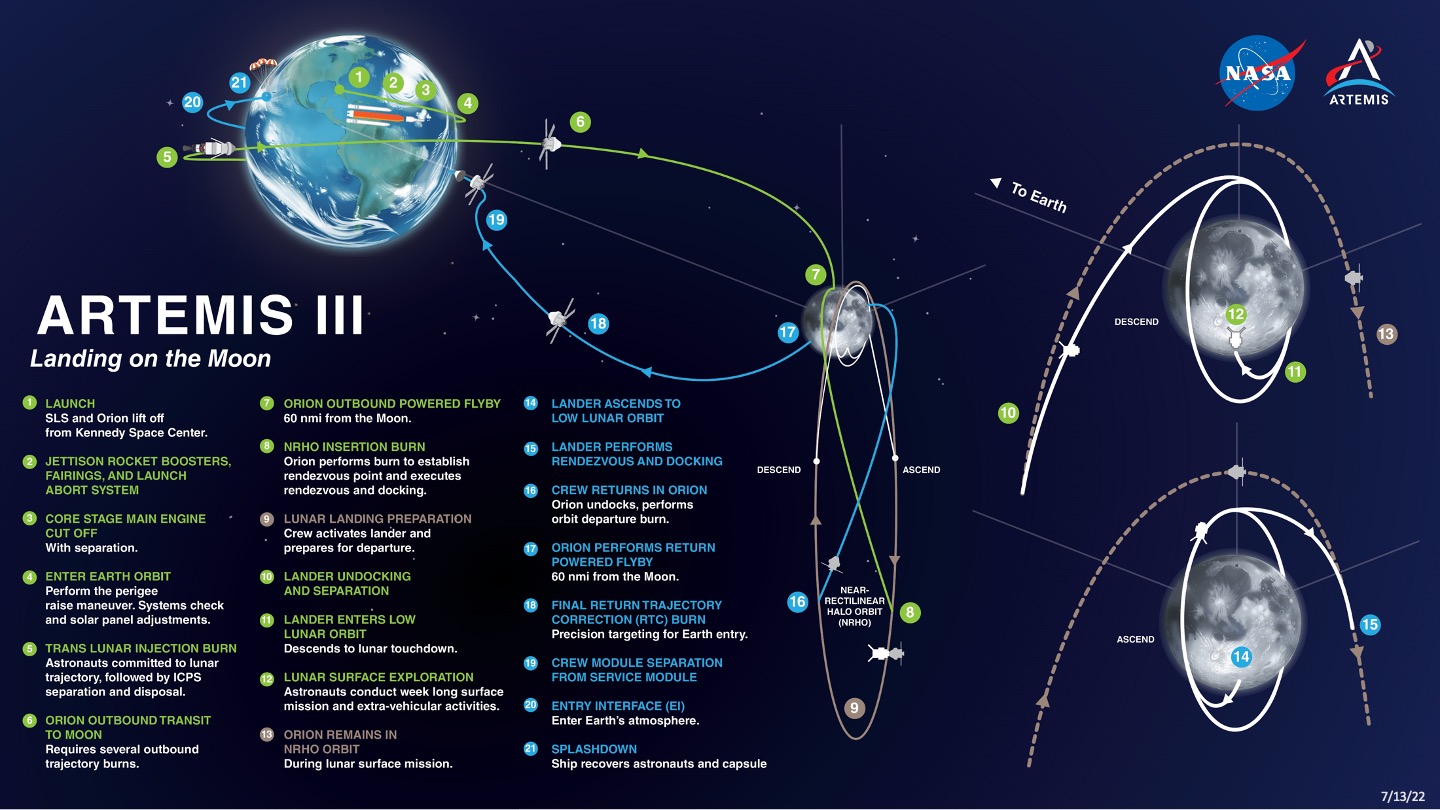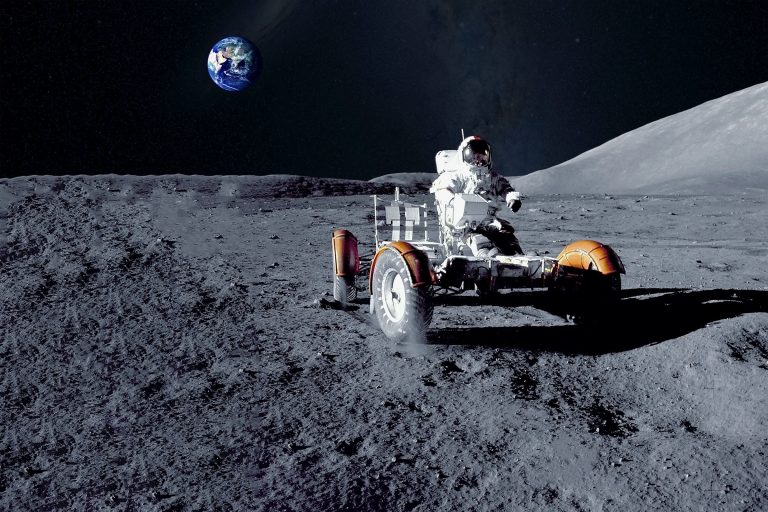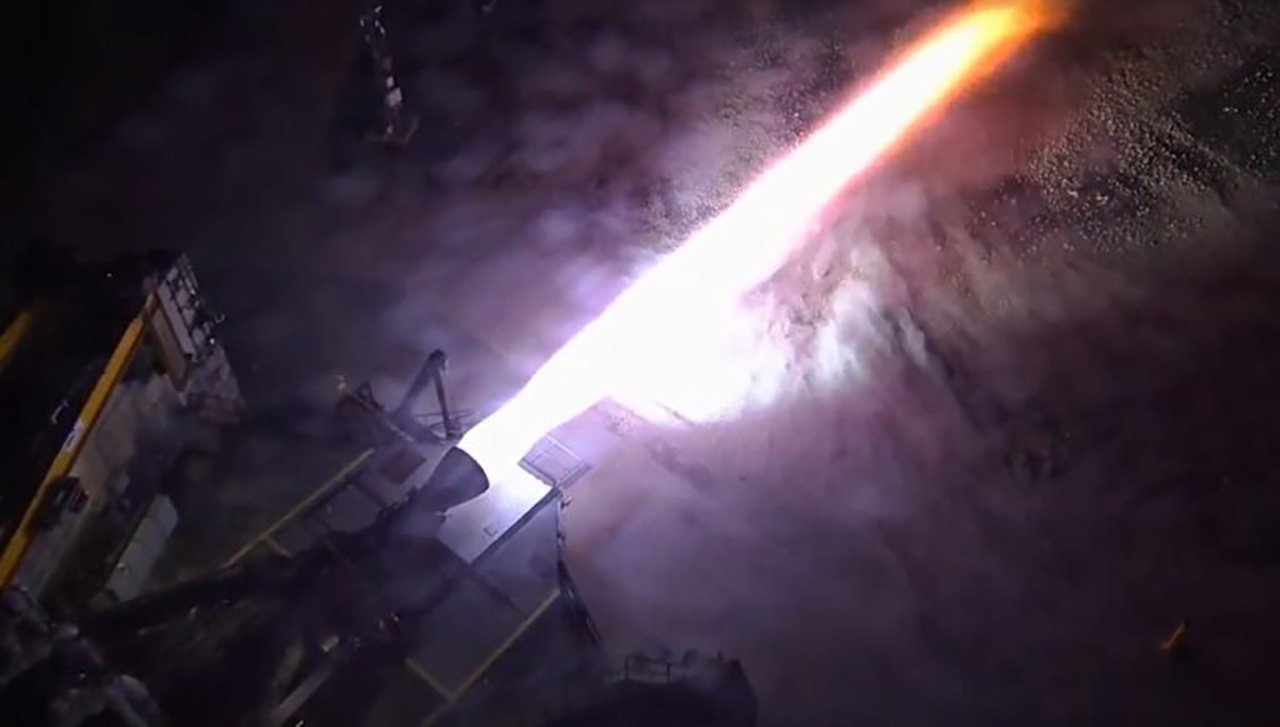This next decade will be a big one for space exploration, especially as we await the arrival of asteroid samples aboard NASA spacecraft and prepare for the first manned mission back to the Moon since the Apollo missions in 1972. One of the most exciting missions is Artemis III, which will see humanity once more step foot on the surface of our mysterious lunar satellite.
Despite still being a few years away, NASA is working tirelessly to remain transparent about the current state of the mission and keep the scientific community as up-to-date as possible. If you want to keep up to date with everything we know about the Artemis III mission, visit this page often, as we’ll keep it updated anytime NASA reveals new information about the exciting mission.
Utilizing Starship: While the launches of Artemis I and even 2024’s Artemis II will rely solely on NASA’s SLS rocket, the space agency plans to transition to SpaceX’s Starship landing system for the second leg of the journey on Artemis III. Starship’s job will be to put the human boots on the Moon, and then carry them back up to orbit for their return to Earth aboard Orion. Starship recently experienced its first launch test, which ended in a blazing ball of fire, which Elon Musk still deemed a success.

Landing zones: One of the most notable points about the first Artemis mission to take humanity back to the Moon’s surface is that we aren’t just returning to where other astronauts have already been. Instead, Artemis III will deliver astronauts to the lunar south pole.
The southern pole is one of the most unexplored regions of the Moon. NASA has already shared some possible landing zones for the Artemis missions, which could one day be home to a proper moon base where astronauts live and work.
Next-generation space suits: It’s no secret that NASA astronauts have been utilizing old-school space suits on the International Space Station for the past several years. However, NASA has partnered with Axiom Space to create a next-generation space suit designed to make mobility even better on the Moon.
These new space suits have already been unveiled, and NASA astronauts will use them on future Artemis missions.

Mission map: While NASA has yet to reveal any kind of crew for Artemis III, the space agency has given us an idea of what to expect once the mission launches later this decade. The mission map is outlined in an image we’ve embedded above. Unfortunately, this mission timeline is likely to change, especially if SpaceX continues to experience trouble with Starship.
As one of the most anticipated missions of the decade, Artemis III has a lot of hype to live up to, and it will no doubt deliver on all of that hype when those four astronauts find themselves settling down on the Moon’s surface to begin the next era of space exploration in person.
Inclusivity at its core: Another big sticking point of the Artemis III mission is that NASA has promised it will be the first mission to put a woman and a person of color on the Moon’s surface. It’s a huge accomplishment that will hopefully continue breaking down industry barriers for future missions, as well as for other industries around the world.

A new moon rover: Another thing to look forward to when Artemis III lands on the Moon is the addition of a next-generation moon rover. Lockheed Martin and LunarOutpost are working to create a revolutionary new moon rover, though other companies are involved in creating other options.
Launch window: NASA has yet to share an exact launch window for the third Artemis mission; however, the space agency is currently aiming for a 2025 launch window, though delays with Starship could potentially push that to 2026. The second Artemis mission is slated to launch sometime in 2024, and it is waiting to see how that mission fairs before putting a final date on things.
We could also see the date pushed back even further, depending on how budget-based changes with the space agency play out. For example, NASA’s ongoing Mars Sample Return mission is eating away at the agency’s budget, and if it wants to back all these missions through the next decade, we may see some cuts here and there. There’s no telling how or if those cuts will affect Artemis.
The scope could change: While Artemis III is currently planned to explore the southern part of the Lunar surface, the scope of the mission could be open to change, Jim Free, a NASA associate administrator, admitted at a press briefing in early August 2023. Free says that while the mission is currently slated for December 2025, it could be pushed back and that potential delays due to hardware needs could result in the scope of the mission changing.
“We may end up flying a different mission if that’s the case,” Free explained. “If we have these big slips out, we’ve looked at if we can do other missions.” The scope of Artemis III could also change based on the success and outcome of Artemis II, as well.
We’ve also recently seen India land the first spacecraft ever at the moon’s southern pole, and the data gleaned from the rover it released and the spacecraft itself could help provide new insight and change the overall scope of the mission going forward.

SpaceX’s Raptor engine is promising: NASA will rely heavily on SpaceX to help power the Human Landing System, or HLS, which will carry the astronauts from orbit to the lunar surface. In September of 2023, SpaceX ran multiple tests on the Raptor engine to see how it would handle activating after being exposed to the cold temperatures of space for a long time. The tests proved successful, and the results made the engine look very promising.
What NASA is waiting on: Artemis I might have been successful, but the space agency is still waiting to see how the first crewed Artemis mission goes later this decade. That mission will help determine any other changes that need to be made to Orion before it can carry astronauts to the moon’s surface.
Additionally, NASA must ensure that Axiom’s space suits, or whichever suits it chooses, are ready for the Moon. There is also still work on Starship to complete so that SpaceX is properly prepared to help out where it has been contracted.
NASA also settled with Jeff Bezos’s Blue Origin to create a landing system, which could help divert the need to wait for SpaceX to get everything right.








